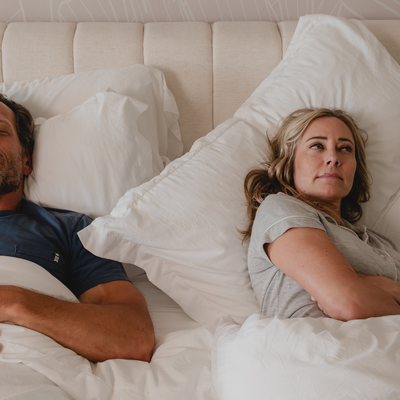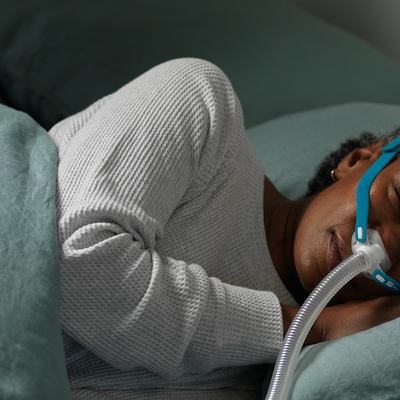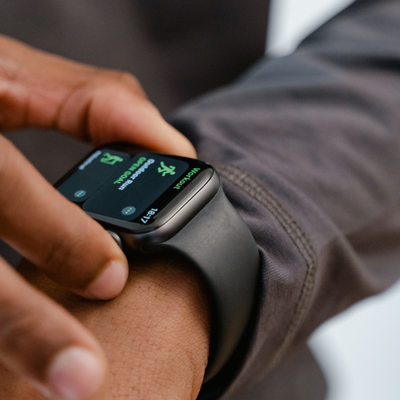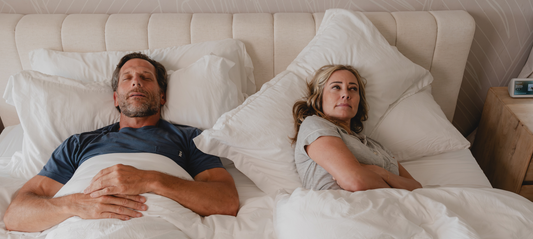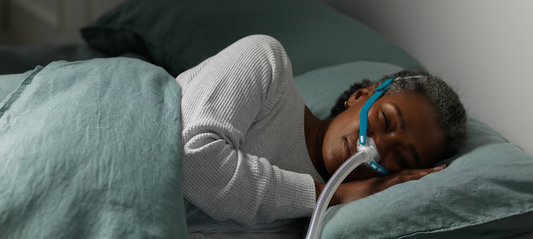Written by Alison Arntsen
Getting adequate sleep is one of the most important requirements for a healthy lifestyle, but most adults aren’t getting the rest they need. Inadequate sleep puts you at risk for heart disease, high blood pressure, diabetes, stroke, obesity, kidney disease, and depression.
Sleep hygiene is one of the first lines of defense you have in getting adequate rest. Sleep hygiene includes the best routines and environmental factors that support uninterrupted, quality sleep.
For those with Obstructive Sleep Apnea, good sleep hygiene is even more important, as they face an increased health risk if their sleep interruptions are left untreated.
In addition to a CPAP machine or other appropriate treatment, implementing sleep hygiene practices is one of the simplest ways you can take action now to improve your sleep health.
Sleep Hygiene Tips
1. Maintain a consistent bedtime
Going to bed at the same time every night helps to regulate your circadian rhythm. If you consistently shift your bedtime your internal clock gets out of whack and you experience what one study termed “social jet lag” – it’s like changing time zones everyday! With a consistent bedtime, your internal clock knows when to wind down every night, making it easier to fall asleep and stay asleep.
Going to bed at the same time can also help ease the transition to sleeping with a CPAP machine.
2. Watch what you eat (and drink!)
Eating highly processed foods or sugary snacks before bedtime can wreak havoc on your sleep. A recent study found that those with sleep apnea experienced improvement in their apnea symptoms simply by improving their diet and reducing alcohol consumption.
Avoid snacking, caffeine, or alcohol consumption too close to bedtime to help your digestive systems and muscles start to relax and avoid disruptions to your sleep patterns.
3. Curate the best possible sleep environment
Is your bedroom also where you work, hang out, and watch TV? It’s important to guard your sleep space! Reducing the activities in your bedroom to just sleep and sex can help improve your ability to relax and fall asleep. Other ways you can improve your sleep environment include dim lights, comfortable bedding and pillows, and cutting out distractions by putting all electronics in another room.
For sleep apnea sufferers, the temperature and humidity in a room can also help support better sleep.
Make this your own! Experiment with the types of conditions that best help you to relax and escape from the stimulation of everyday life.
4. Get some exercise
According to John Hopkins Medicine, people who exercise at least 30 minutes per day experience better sleep that same night. So find a way you like to move your body, and try to do it everyday! It could be as simple as a walk around the neighborhood or a longer visit to the gym.
It is important to not exercise too close to bedtime. Allow yourself 1 or 2 hours before bedtime to give your body a chance to recover from the release of endorphins so sleepiness can settle in.
5. Give yourself adequate time to wind down
Rather than working or watching TV right up until bedtime, try to give yourself about 30 minutes of wind-down time without electronics. In this time you could play soothing music, stretch, brush your teeth, or do any other type of bedtime routine activity that can signal to your body that it’s time to prepare for sleep.
Even with a sleep apnea diagnosis, you can experience better sleep. Combining your own consistent sleep hygiene practices with treatment and support from your healthcare provider and Lofta’s sleep therapists and coaches can get you back on track to optimal sleep health.



